
Building social value into affordable housing
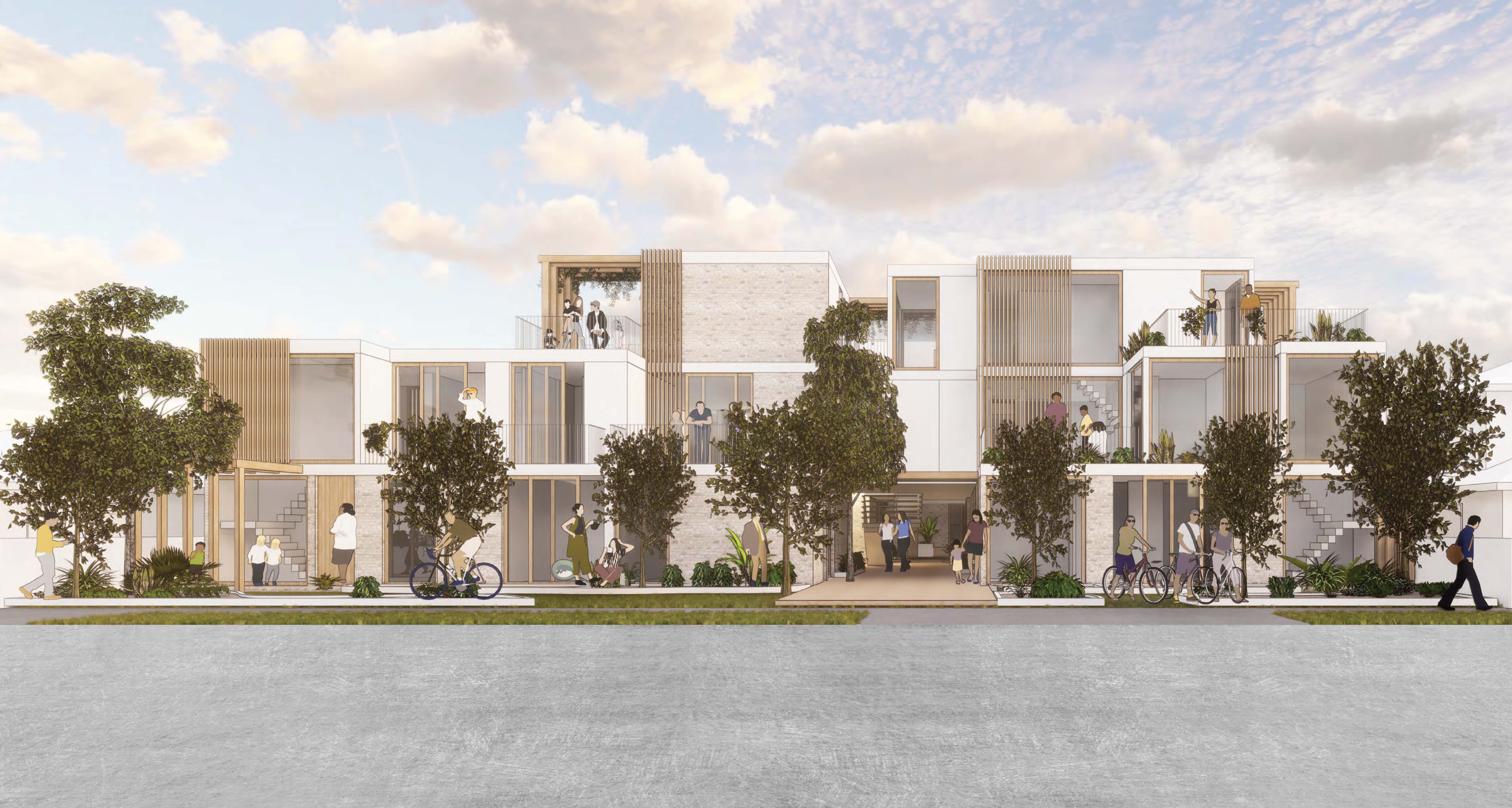
Unprecedented investment in social and affordable housing in Victoria is an opportunity to create social, as well as physical, infrastructure
Published 26 October 2021
Bureaucrats, community housing providers, developers, service providers and architects are scrambling feverishly to drastically expand the pipeline of social housing projects in Victoria amid a chronic shortage of affordable housing.
The state government’s $A5.3 billion Big Housing Build is throwing unprecedented resources at a deep and persistent problem and the housing sector is rising to the challenge of setting shovels in the soil for new projects before 2021 ends.
This is positive. But housing doesn’t just need to exist, it needs to be good.

It needs to be integrated with services and work as well as educational opportunities, it needs to care for occupants, it needs to create opportunities for connection and happiness, and it needs to be at the forefront of ethical procurement and sustainability practices.
The Big Housing Build aims to create 12,000 homes in five years. It provides us a window of opportunity to implement a progressive social agenda for housing and reframe housing priorities involving design and delivery into the future.

But successfully harnessing this opportunity to deliver optimal social outcomes will require input from multiple players in the housing space.
For example, while the Big Housing Build program is encouraging, governments also need to continue to use policy levers that encourage ongoing investment in social housing development while also driving innovation in design and planning.
In the UK, tenders for new developments now increasingly come with requirements for generating social value.
This is done through initiatives like creating employment or training opportunities for people from disadvantaged backgrounds, zero-carbon programmes, evidence of company volunteering and charitable giving programs, as well as the use of local supply chains.
In Denmark, net-zero emissions policies are similarly driving innovation. Internationally, housing and homelessness services are increasingly measuring and improving the health, education, wellbeing and inclusion benefits that arise from safe housing and supportive programs for vulnerable people.
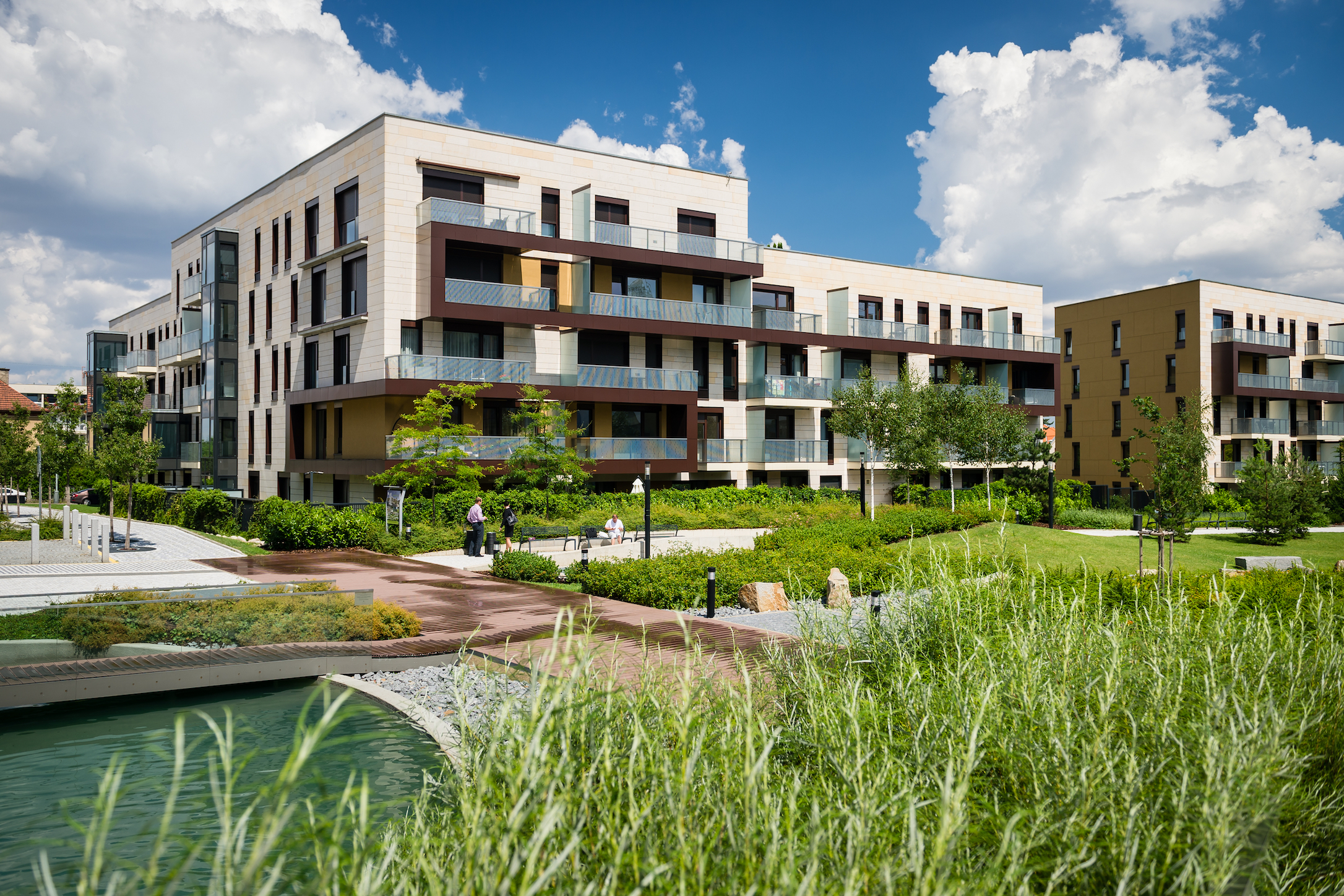
Architects and urban planners need to be actively working with developers to deliver dwellings and precincts that enhance social outcomes.
Benefits through design
Best practice design and construction can create immediate social value through, for example, natural ventilation, light, insulation and access to shared spaces.

Politics & Society
From ‘nice to have’ to ‘must-have’ in the post-COVID workplace
Across Victoria, low-income households disproportionately live in homes that are dangerously hot in summer and freezing cold in winter. This is particularly a problem for renters and those Victorians living in older public housing homes without adequate insulation, or passive heating or cooling design elements.
It’s positive then that the Big Housing Build requires dwellings meet particular ratings measured by tools including the Nationwide House Energy Rating Scheme (NatHERS) and Livable Housing Design Guidelines.
An ongoing commitment to building high-quality housing could eventually see social housing having better efficiency ratings than those in the private market. This would be critically beneficial for the financially disadvantaged people who rely on social housing as it also reduces their heating and cooling bills.
Ensuring that housing is accessible is important for everyone, but is particularly important in social housing. Over a third of all people living in social housing are aged over 55 (compared to 28 per cent of the general population), and 35 per cent of households in social housing include at least one person with a disability.
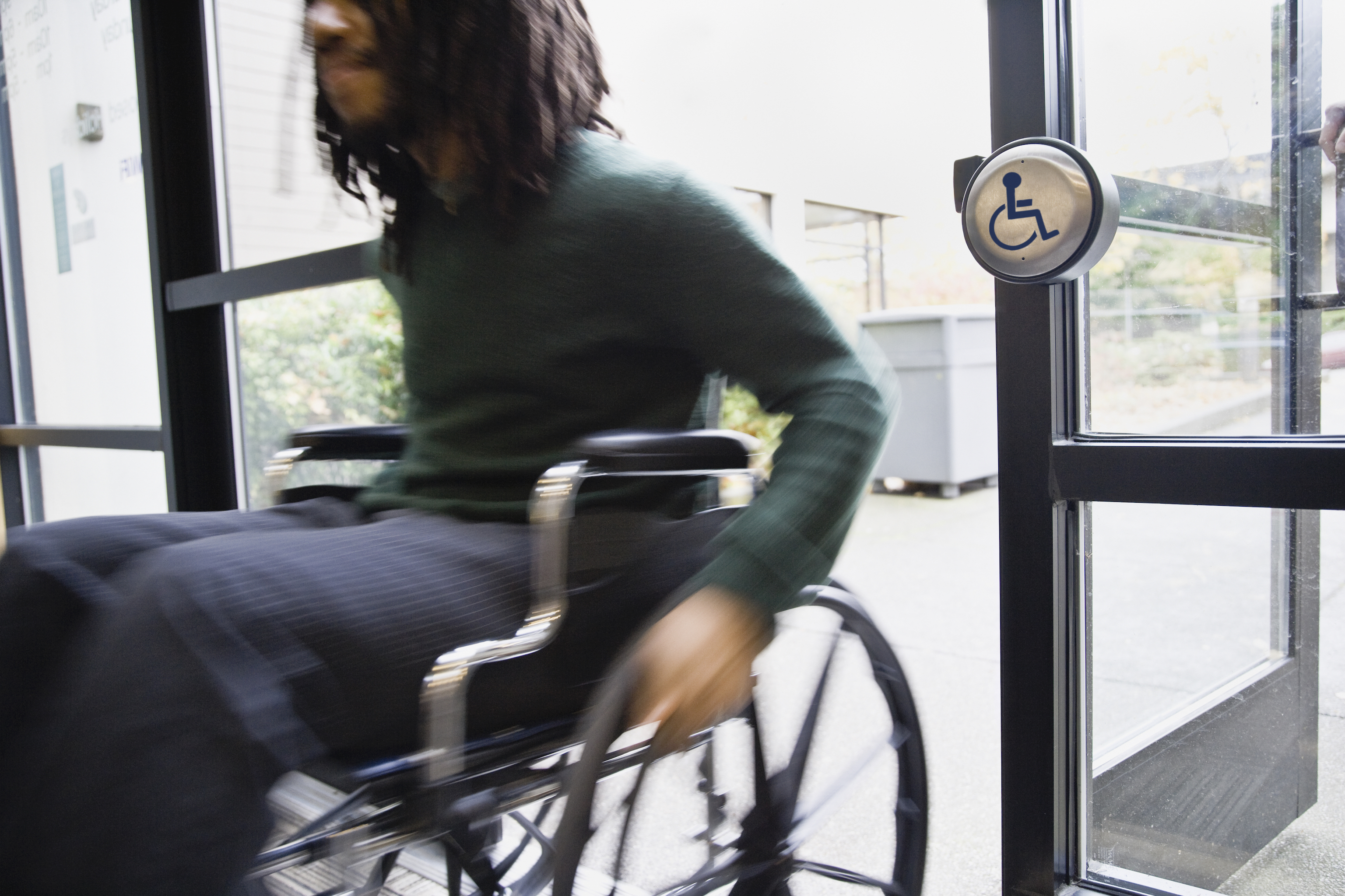
Through our research, we have spoken to families living in social housing who have had to carry children in wheelchairs upstairs when elevators have broken down. Others have reported being unable to properly bathe family members with disabilities, due to inadequate bathroom facilities.
It’s critical then that new developments are designed to prioritise accessibility for older people and those living with disabilities.

Politics & Society
Protecting older Australian women from homelessness
Location, location
The location of social housing residences is also important.
Older people, in particular, value well-lit, safe neighbourhoods that encourage them outside to engage with the community, rather than feeling trapped in their homes. And access to services and amenities needs to be a priority.
Our Transforming Housing: Affordable Housing For All research initiative at the University of Melbourne has built the Housing Access Rating Tool (HART) that assesses the walkability and accessibility of parcels of land across all of Greater Melbourne.
Based on proximity to doctors, pharmacies, public transport and green space, it’s a tool that can help ensure disadvantage isn’t further entrenched by locating public housing in poorly serviced and sited areas.
Care also needs to be taken that we don’t repeat the mistakes of the past by creating obvious visual or geographical divisions between social and private housing.
While mixed-tenure communities that blend private, social and affordable housing often deliver beneficial social outcomes, pursuing social mix should never justify the sale of public land for private profit or the gentrification of suburbs at the expense of social housing provision.
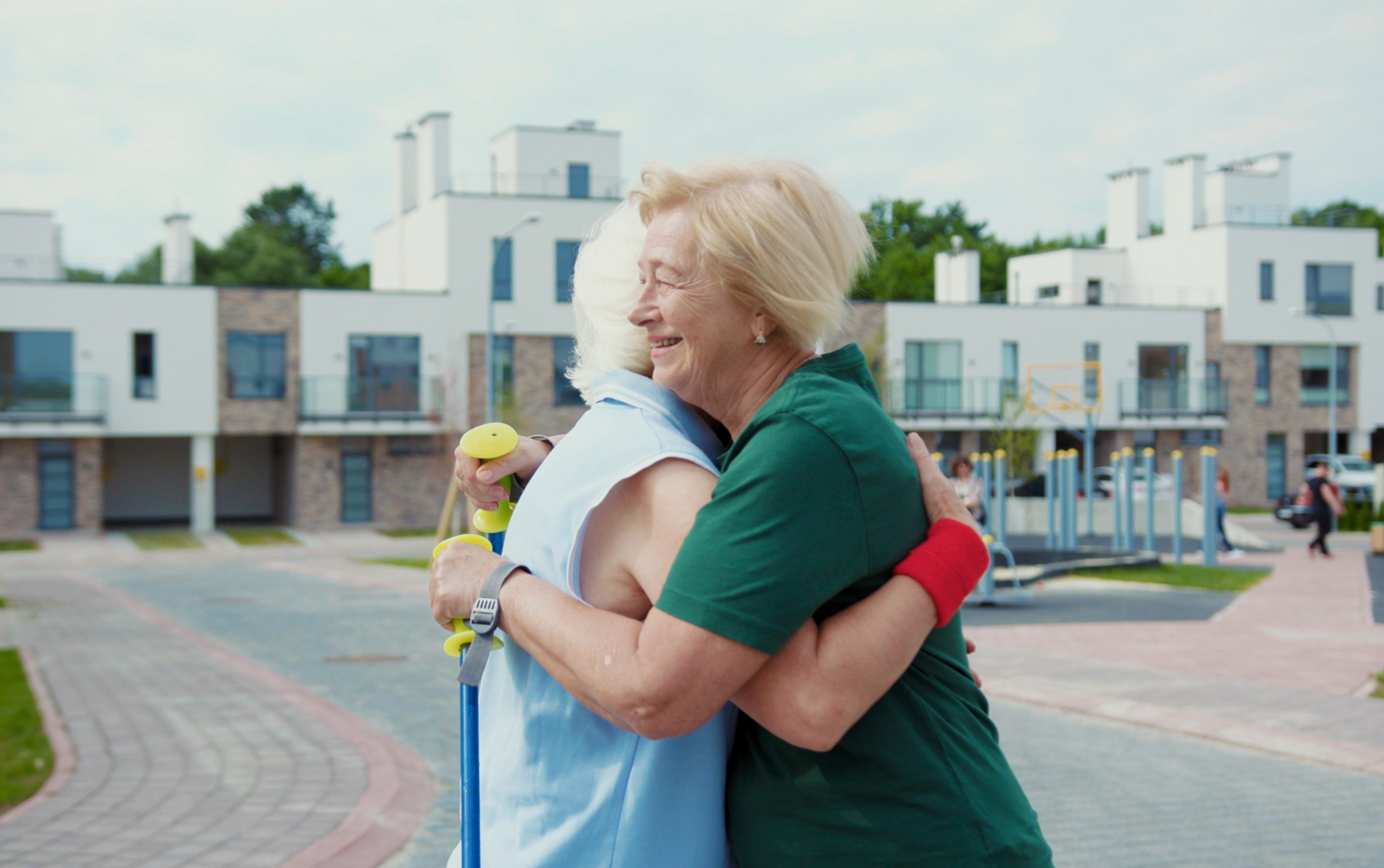
If done well, social housing in developments that integrate with private dwellings helps to build community and opportunity, and socially benefits everyone.
Addressing the huge shortfall in Victoria’s social housing is a unique opportunity to break with the past and ensure we invest in social housing in a way that builds and strengthens all communities.
Local heroes
There are wonderful examples around the world where social housing has created diverse, equitable communities – but there are also many local examples of innovative design and thinking.

Politics & Society
Building stronger connections between schools and communities
One local examples of an inclusive housing model in action is Common Equity Housing Limited’s Abbotsford development site in Melbourne. Its purpose-built apartments for people with disabilities include extra floor space and touchpad technology for lighting. Sited close to amenities, it also involves public and privately funded homes.
Another inspiring initiative are the Education-First Youth Foyers emerging across Australia. The model features a unique partnership between TAFE, housing providers and youth support partners to house young people at risk of homelessness and support them to achieve independence.
Nightingale is another local hero – its 7.5-star energy-rated apartments utilise shared space like common rooftop laundries to create community while lowering costs and emissions. Future projects will include a proportion of social housing dwellings, delivered in partnership with community housing providers.
INNOVATION FOR ALL
By incorporating design elements into social housing that reduce carbon emissions and environmental impact, we can extend the social value of public housing to the broader community.
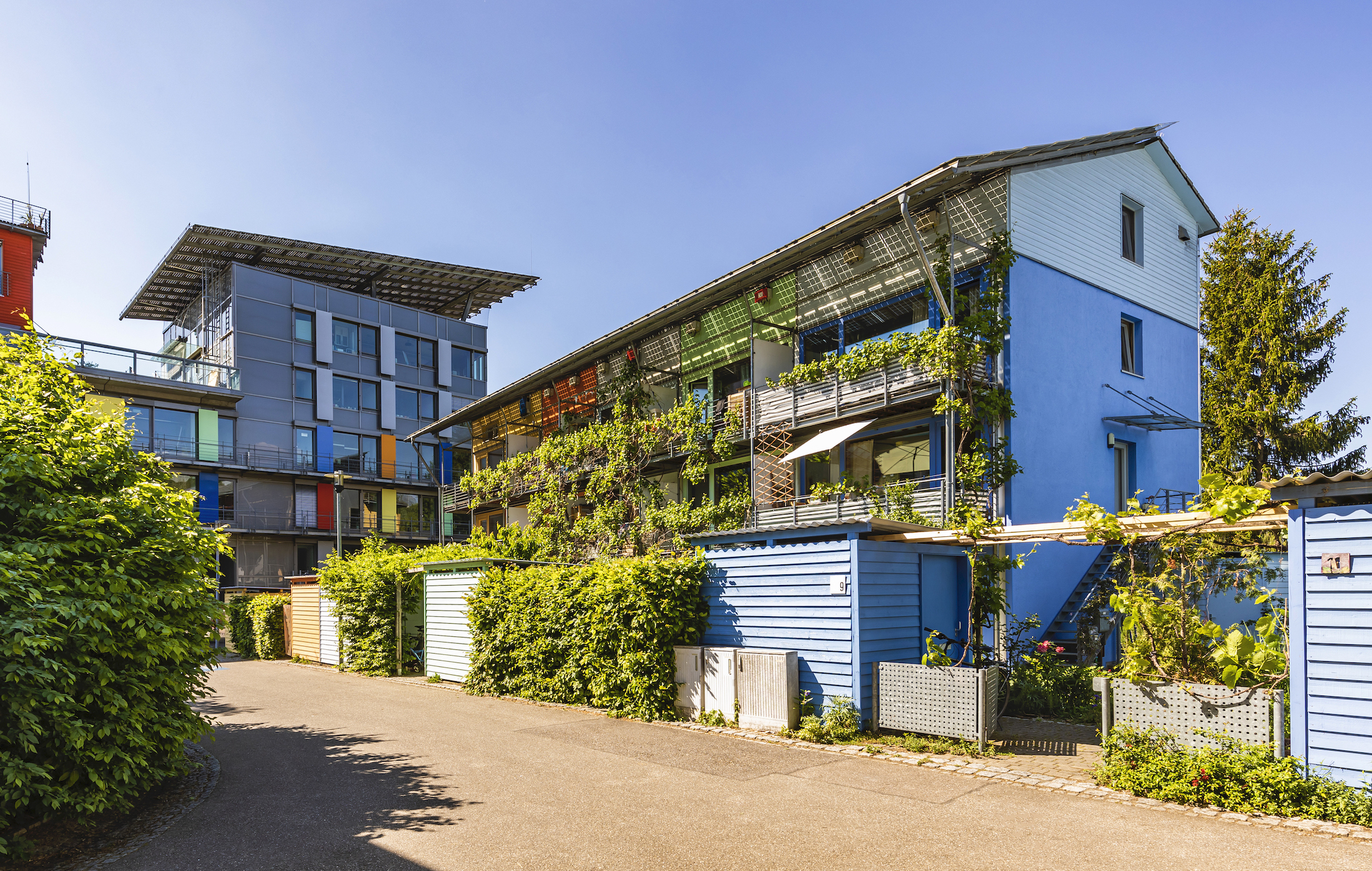
The sheer scale of the Big Housing Build, and the certainty the project pipeline brings to the of construction industry is also an opportunity to encourage innovations in the off-site manufacturing of materials and new techniques of assembly.
Another opportunity for encouraging innovation is the state government’s Future Homes Competition initiative which aims to create a blueprint for Melbourne’s apartment sector.

We are encouraged that as part of the competition process the Future Homes winning prototype apartments will actually be built. This shows that the government is committed to promoting the link between good design and good outcomes.
It is also in the exceptional tradition of the International Building Exhibitions (IBAs) where experimental innovations are encouraged and demonstrated by putting them into practice. Based on century-old European practice, the IBA approach is an effective way to showcase innovation in design and construction to generate ideas and build coalitions for best practice in social housing.
In Victoria, the opportunity for new thinking in building social value into affordable housing is now.
The social value of affordable housing was unpacked at the 2021 Housing Assembly Symposium: Creating Socially Valuable Housing Symposium held 3-5 November, and sessions from symposium can be watched here. An initiative of the Hallmark Research Initiative for Affordable Housing (HRIAH), the online symposium comprised three days of presentations, industry-focused workshops and panel discussions with world-leading thinkers working to make housing that’s good and does good.
Banner: Commhaus by Lauren Ho, Madeleine Archer and Ben Thorp, University of Melbourne.

